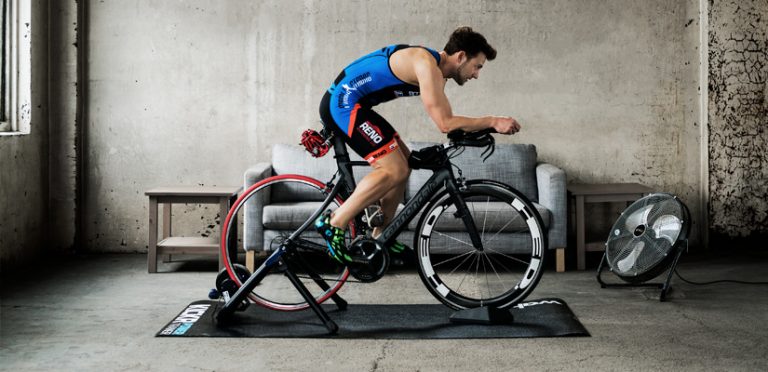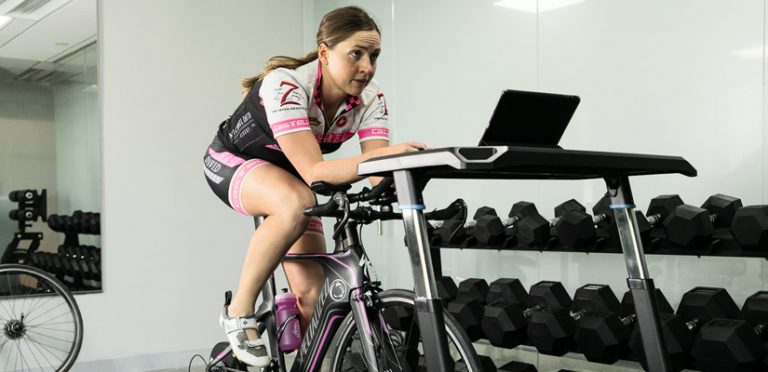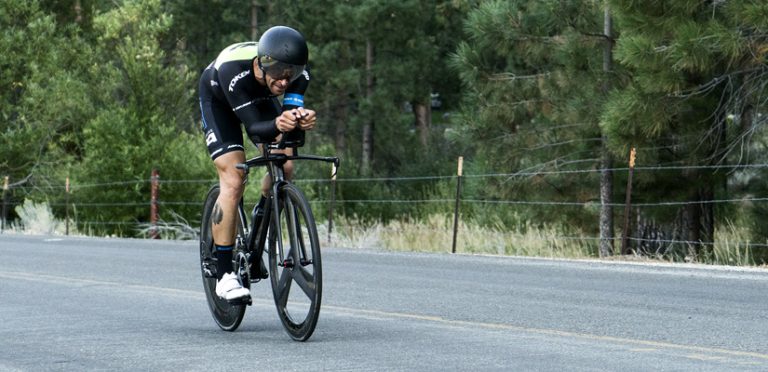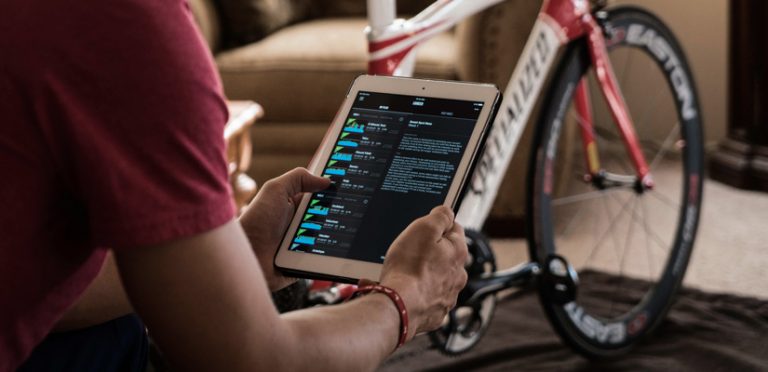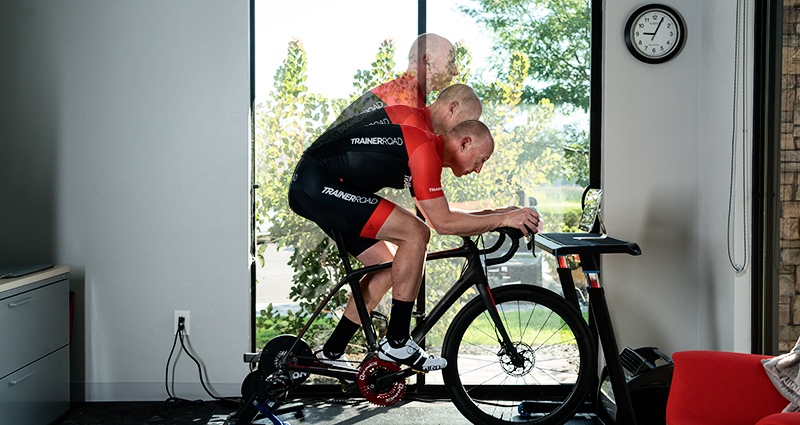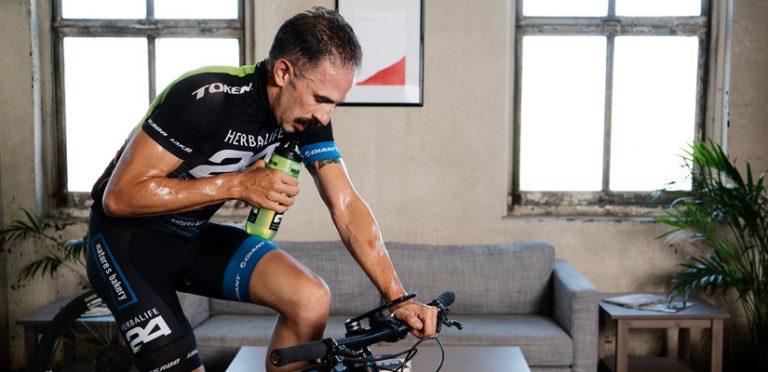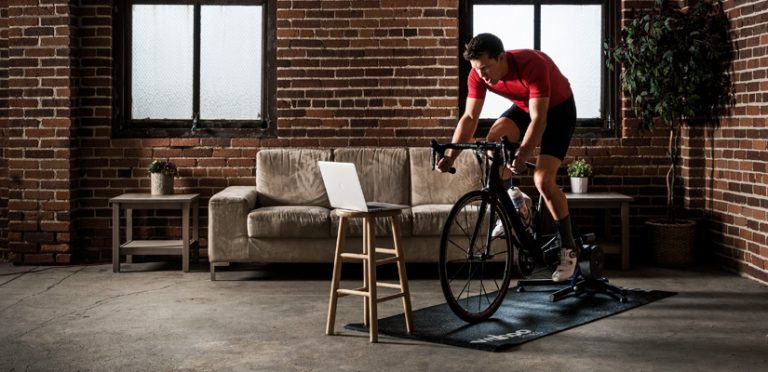Payoffs occur to those who put the right type of work in at the right time. The reason most cyclists don’t see the dividends they desire comes down to improper season planning at the beginning of their training season. To perfect your training season leading up to an important event, or series of events, ask…

